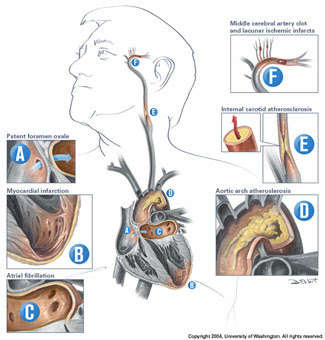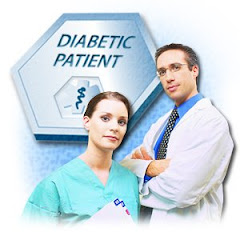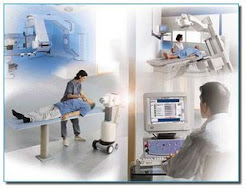 Stroke is caused by the occurrence of disruption or interruption of blood flow to the brain. Interruption of blood flow can be caused by the coagulation of blood in the vein or due to blood vessel outbreak.
Stroke is caused by the occurrence of disruption or interruption of blood flow to the brain. Interruption of blood flow can be caused by the coagulation of blood in the vein or due to blood vessel outbreak. When the brain attack or stroke Occurs , cells in the area will soon be dead. Cells usually die within minutes or several hours after the attack of stroke. This Stroke, as you know, will cause paralysis in both the partial or entire body.
The good news, stroke can be prevented by applying a few simple steps in daily life. Here are some guidelines that you can try to prevent the disease which have a myriad of negative impacts.
Control your blood pressure.
Hypertension is known as the silent killer, because people often do not realize if they suffered from high blood pressure. Hypertension can increase the risk of stroke up to 6 times. However, hypertension is one of the main causes of stroke that can be controlled.
Therefore, it is a good idea to check our blood pressure regularly, you can implementing many steps to maintain the blood pressure to remain normal.
Identify the symptoms of artial fibrillation (AF).
Arterial Fibrillation (AF) is one form of heart tap aberration caused by the two-chamber of heart rattle quickly and can not be predicted. This will result in a heart that does not tap regularly. AF increase the risk of stroke due to possible blood collected in the heart. When the blood collected, the blood will tend to coagulate. Curdle of the blood will be flowed to the brain and cause a stoppage triggered stroke.
Normally, the four chamber of heart rattle between 60 and 100 times per minute. Meanwhile on AF patients, the left heart chamber can rattle 400 times in a minute. If not treated, AF can increase the risk of stroke up to 4-6 times.
Do not smoke.
Smoking will doubling the risk of stroke. Cigarettes can damage blood vessel walls, accelerate the stoppage with a variety of arterial deposits, and to increase blood pressure and force the heart to work harder.
Limits your alcohol consumption.
Some studies find, excessive alcohol consumption associated with stroke. So, if you must drink alcohol, make sure that no more than the current amount. If the amount being consumed not too excessive, according to study results recently, alcohol can protect against the attack of stroke with the increase in the number of anti-coagulation in blood.
Control your cholesterol level.
High cholesterol level in blood can trigger the formation of plaque in the arterial. Arterial stoppage will cause heart attack or stroke. Make sure your cholesterol level is not more than 200.
Control your diabetes mellitus.
Diabetes also increases the risk of stroke. Therefore, in addition to ensure that diabetes does not worsen, you also prevent stroke.
Organized sports.
Try to do exercises at least 30 minutes a day. Do not have to be in the gym or specific sports, gardening, cooking and clean the house also includes physical exercise.
Treat your blood circulatory disturbances.
Disorders of the blood vessel to supply food and oxygen to the brain is one of the triggers of stroke. This interruption of blood circulation, including atherosclerosis and arterial stoppage or chronic anemia.
Maintain to feed sodium and low fat.
Increase the consumption of fruits, vegetables and whole grain and protein in the medium amount each day.
 Identify the symptoms of stroke.
Identify the symptoms of stroke. Here are five of the most common stroke symptoms:
* Sudden pins, weakness, numbness, or paralysis of the face, arm, or leg, usually confined to one side of the body
* Sudden confusion, trouble speaking or understanding speech
* Disorders of vision, like blurring or decreased vision whether on one or both eyes
* Difficulty to walk suddenly, dizziness, loss of balance or coordination,
* Chronic headache suddenly without a clear reason.
Some important stroke statistics:
* More than half a million people in the United States experience a new or recurrent stroke each year
* Stroke is the third leading cause of death in the United States and the leading cause of disability
* Stroke kills about 150, 000 Americans each year, or almost one out of three stroke victims
* Three million Americans are currently permanently disabled from stroke
* In the United States, stroke costs about $30 billion per year in direct costs and loss of productivity
* Two-thirds of strokes occur in people over age 65
* Strokes affect men more often than women, although women are more likely to die from a stroke
* Strokes affect blacks more often than whites, and are more likely to be fatal among blacks

 Read Via RSS Feed
Read Via RSS Feed




